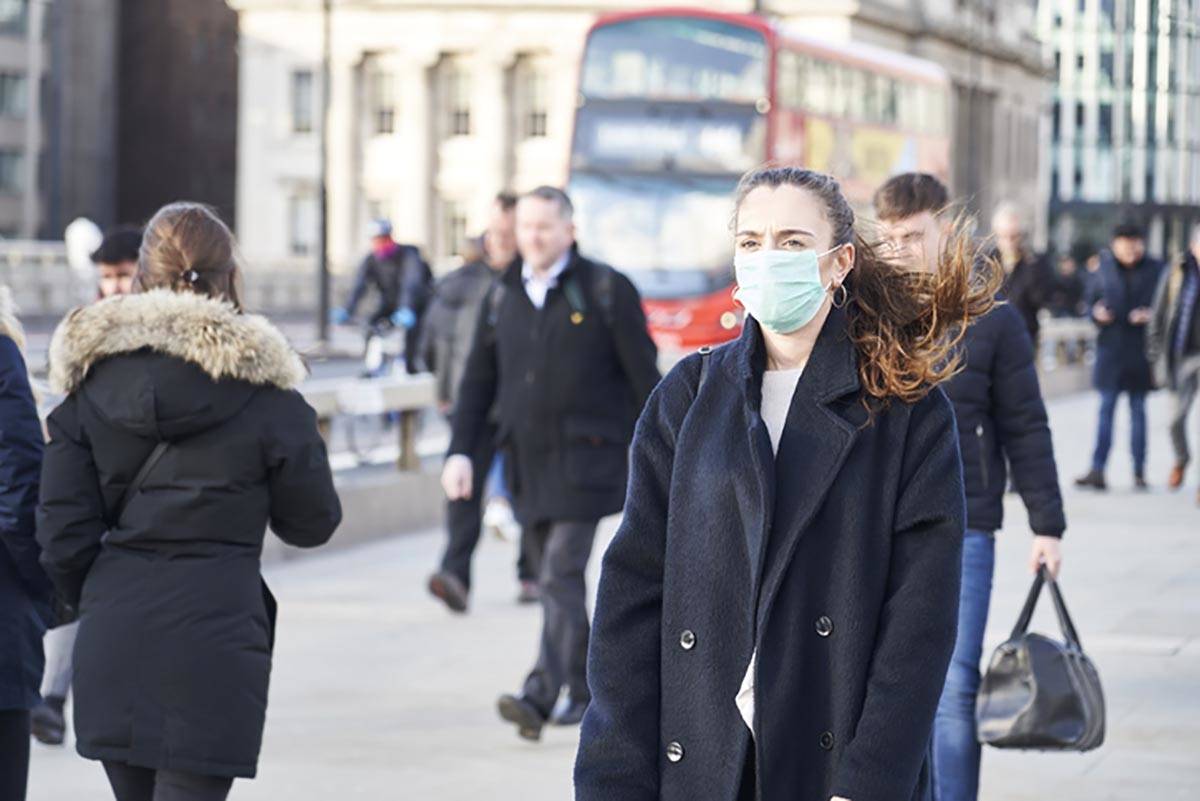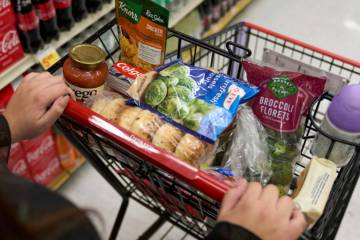3 simple face masks that may help limit coronavirus spread
The Centers for Disease Control has recommended the use of face masks in public.
But with masks on short supply nationwide, however, you may have to get crafty to comply.
DIY face masks and coronavirus: Do they work?
Before you bust out the fabric glue, don’t forget: A mask is no replacement for social distancing.
COVID-19, the disease caused by the novel coronavirus, is spread via droplets when an infected person coughs or sneezes. Researchers and experts are still debating whether widespread mask use will be effective in slowing the spread of the disease.
Those against DIY masks say they may give people a false sense of security, which in turn may motivate them to stop social distancing or touch their face more often. What’s more, most common types of cloth don’t necessarily filter out the virus.
Still, others say there is no perfect protection against COVID-19. If more people wear masks, asymptomatic carriers may be less likely to spread the disease, because respiratory droplets will be caught in the mask when they sneeze or cough.
Guidelines for effective face mask usage
For the masks to be effective, experts say wearers shouldn’t touch the mask often. The World Health Organization has detailed instructions for how to properly put on and take off masks. It says wearers should thoroughly wash their hands before putting on the masks and refrain from frequently adjusting the masks.
The organization also emphasizes that masks are only effective when worn in addition to frequent handwashing.
Although cloth masks have not been shown to be effective at filtering out viruses, they can limit the spread of larger respiratory particles. A 2010 study found that masks made from multiple layers of thick cloth are more effective at trapping droplets. It’s also important that a mask has a tight seal and covers the wearer’s mouth and nose.
Ideally, no mask should be worn twice, which includes cloth masks. Richard Peltier, an assistant professor for environmental sciences at University of Massachusetts-Amherst, told Politifact cloth masks should be washed often with warm, soapy water.
3 ways to make DIY face masks with things you have at home
If you’ve done your research and you decide you’d feel safer wearing a mask during your next grocery store visit, then let’s go ahead and bust out the fabric glue.
Here are three options you can try:
1. No-sew face mask
Supplies: Cotton craft fabric, fabric glue or hot glue, two rubber bands, scissors, an iron
This YouTube video from Belinda’s DIYs shows you how to make a face mask without sewing.
To make this mask, fold the fabric into pleats, glue the extra fabric over the rubber bands, and you’re done. You may need to adjust the width of the mask to fit your own face.
If you substitute an old t-shirt and some hair elastics instead of craft fabric and rubber bands, you may not even have to go on a supply hunt to make this mask.
If you don’t have fabric glue or a hot glue gun, Michaels and Joann Fabric and Craft Store are now offering curbside pickup.
2. No-sew knotted face mask
Supplies: Cotton t-shirt, ruler, scissors
Here’s another inventive, no-sew option, this time from sustainable fashion designer Runa Ray. You need an old t-shirt and almost nothing else.
Cut a cotton t-shirt into two rectangles. Cut a fringe on each side of the fabric, tie the sides together and use the hems of the shirt for ear straps – done.
This one also leaves a slot at the top to slide a reusable filter between the two layers of fabric, which can be handy.
3. Fabric face mask (some sewing required)
Supplies: Cotton fabric, lightweight fabric for internal filter, elastic ties, basic sewing supplies
If you do have sewing skills and want to show them off, this is your moment. Joann Fabric and Craft Store has created an online tutorial for those of you who want to make surgical masks for hospital staff, or even just yourself and your family.
The tutorial says this pattern requires intermediate sewing skills. If that’s you but you need some supplies, remember that Joann Fabric and other craft retailers are now offering curbside pickup for online orders.
Anna Brugmann is a contributor to The Penny Hoarder.
This was originally published on The Penny Hoarder, a personal finance website that empowers millions of readers nationwide to make smart decisions with their money through actionable and inspirational advice, and resources about how to make, save and manage money.










































